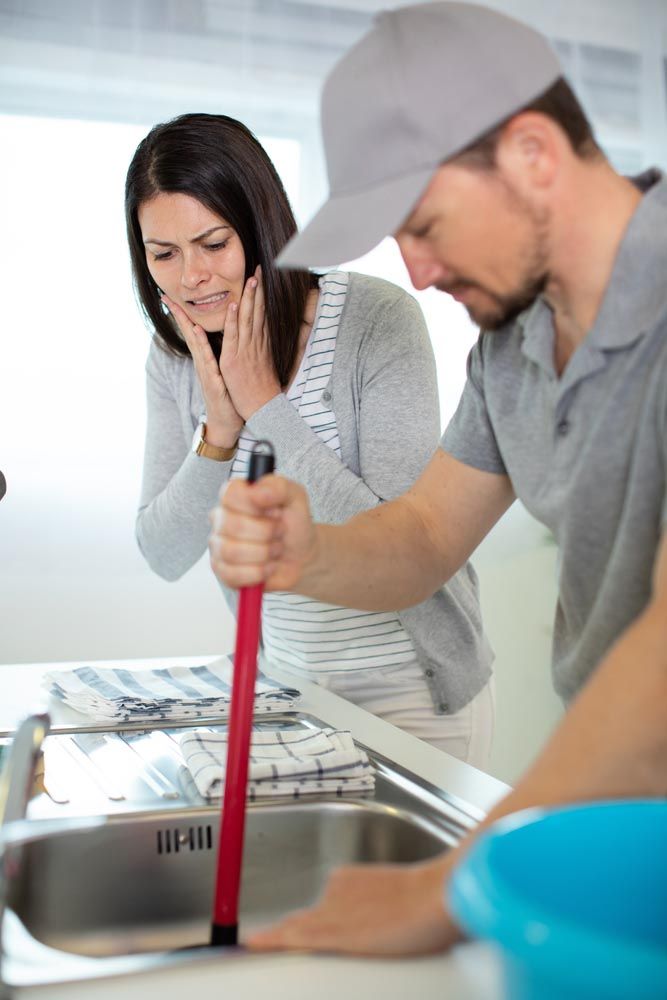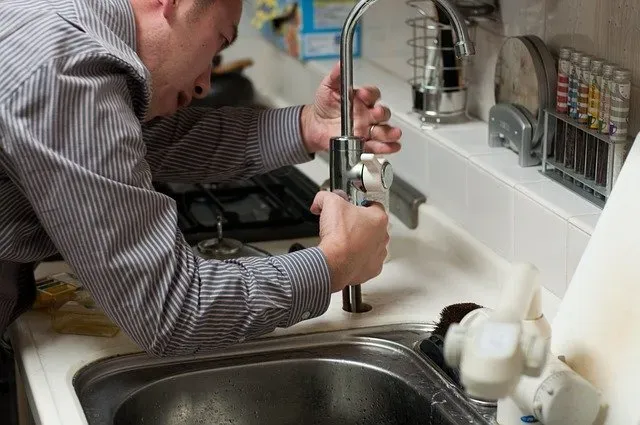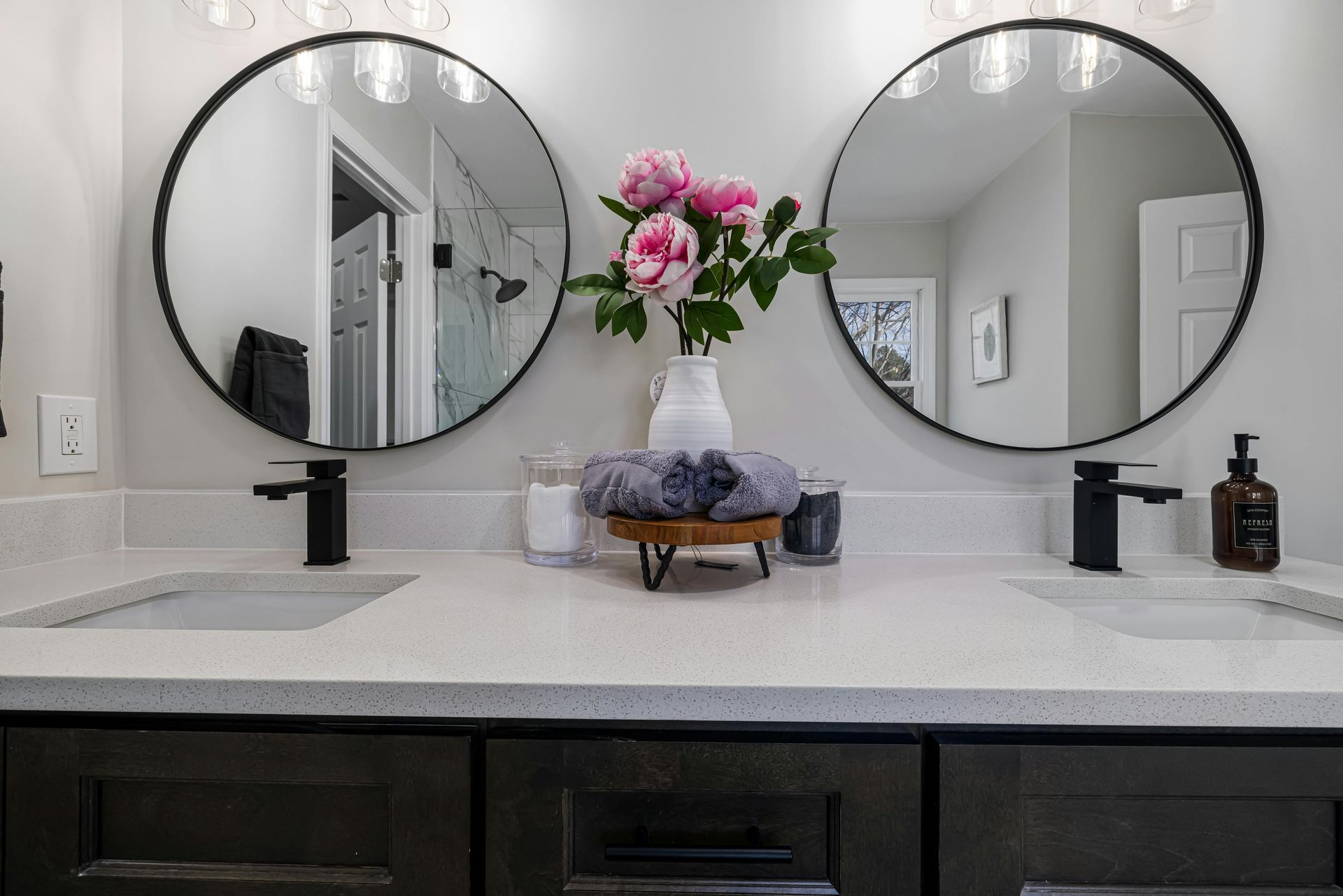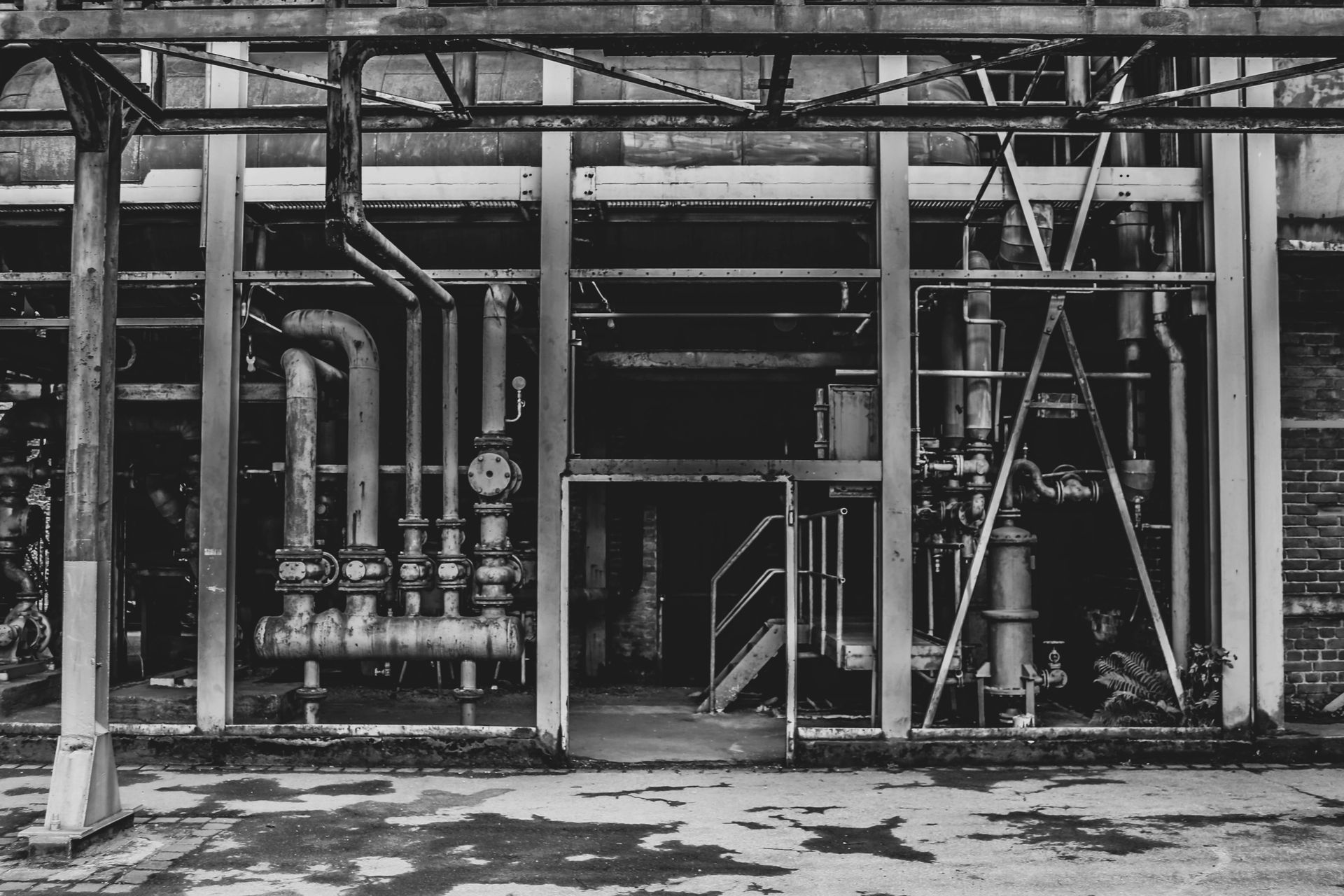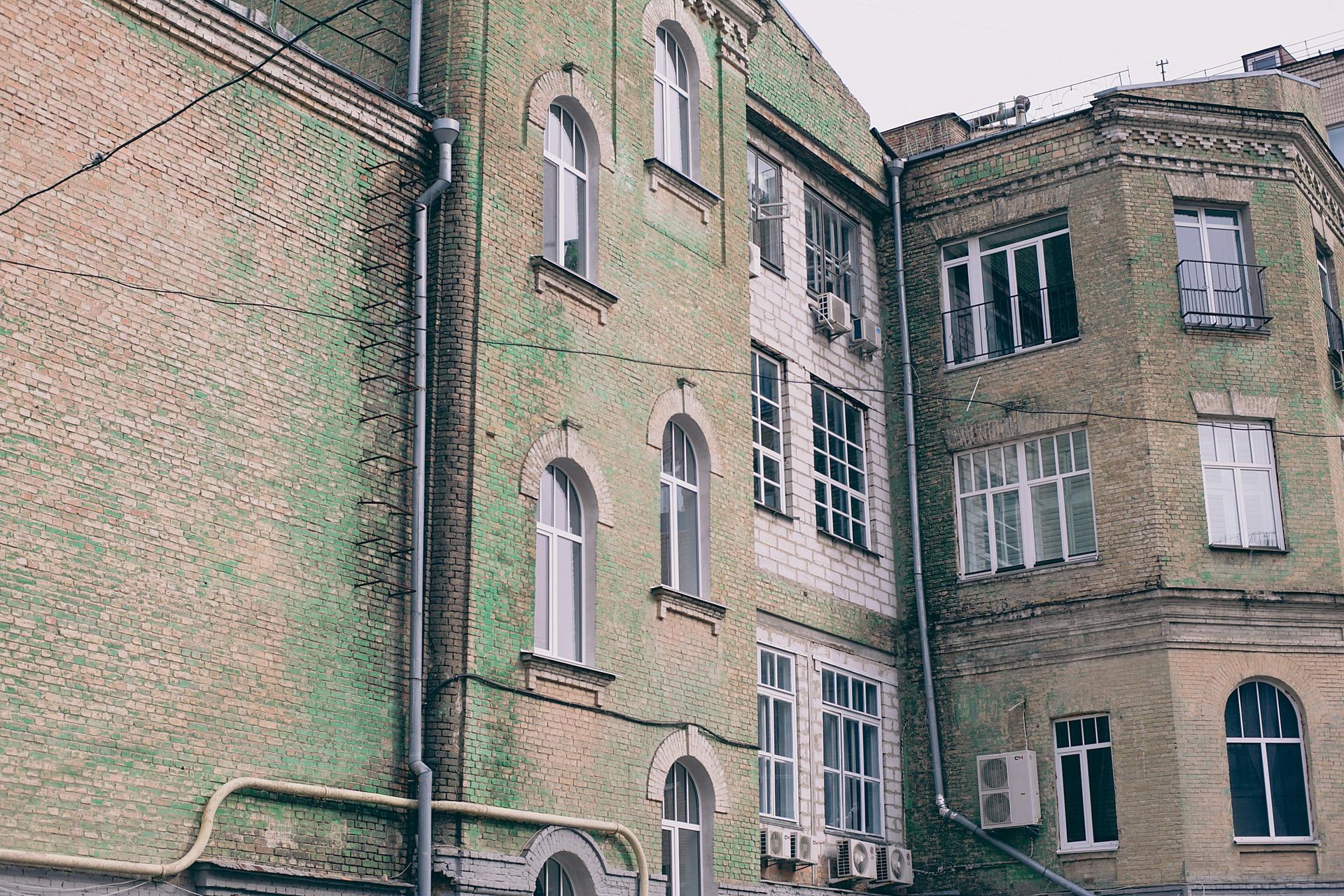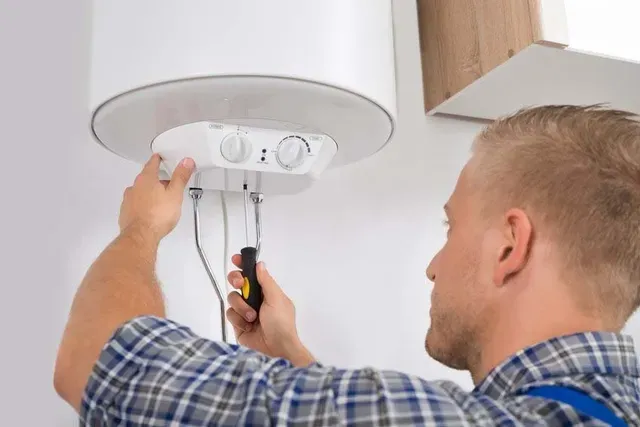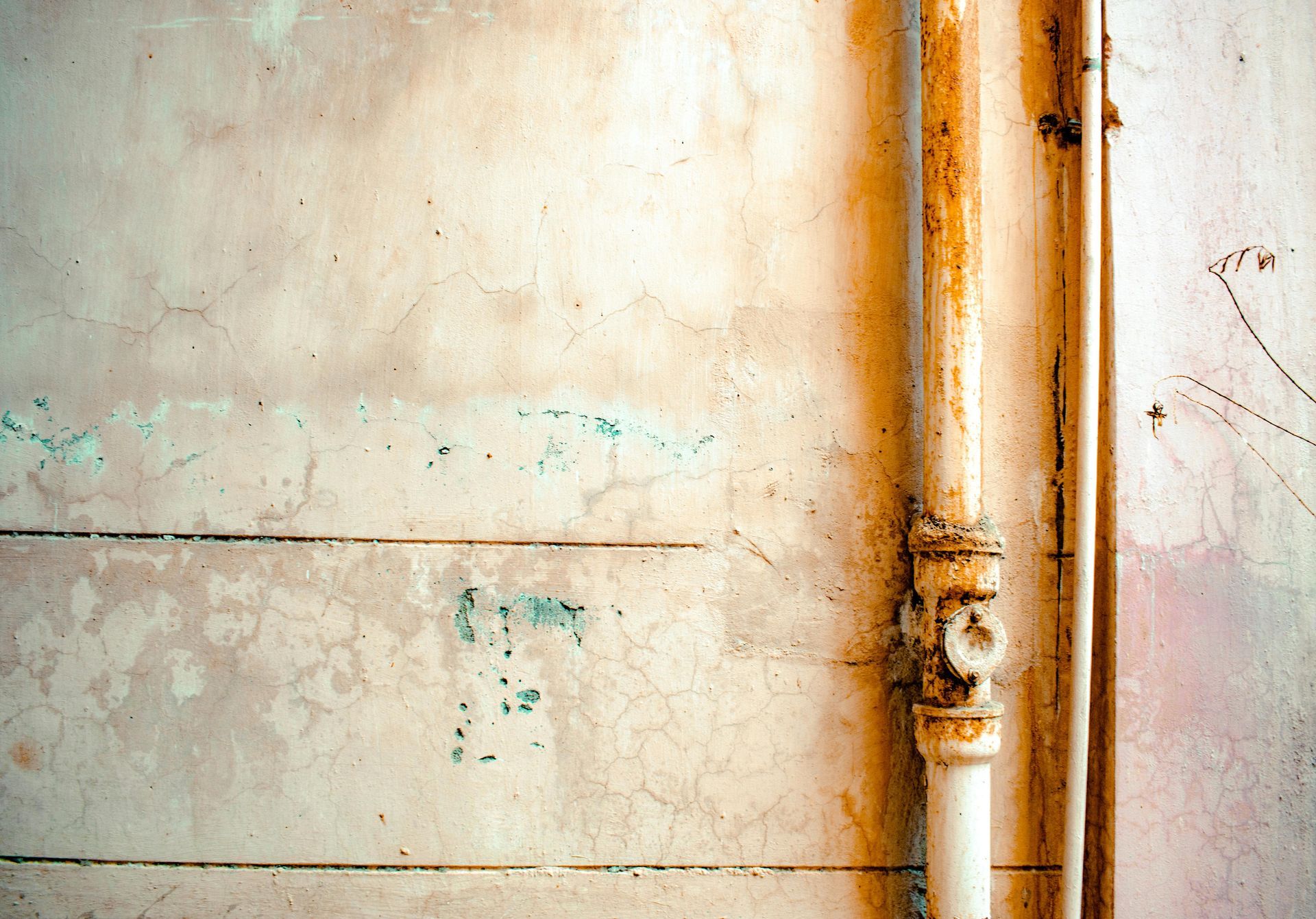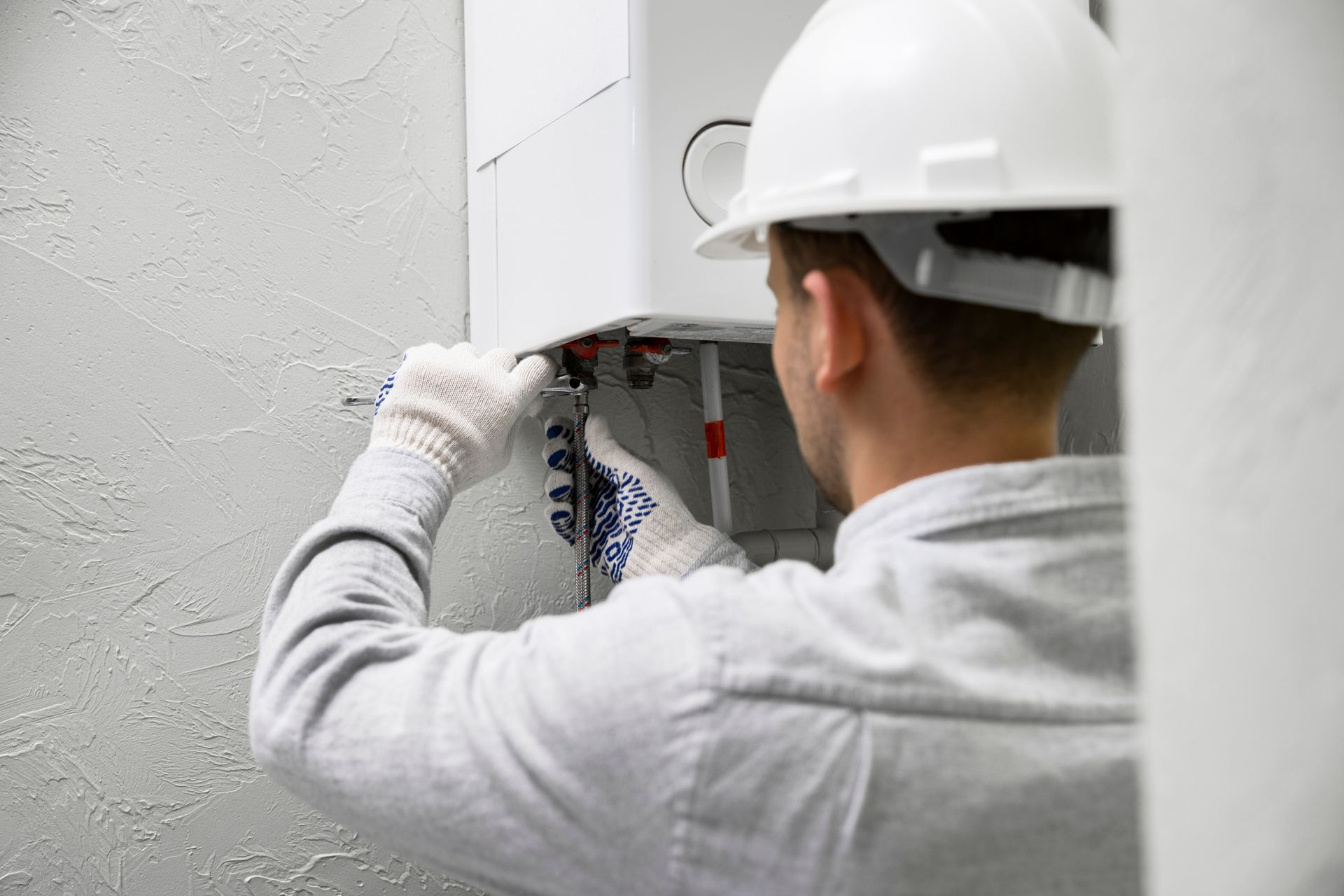How to Choose the Right Pipe Material for Your Home?
Choosing the right pipe material for your home is a critical decision that affects the durability, safety, efficiency, and cost of your entire plumbing system. With a wide variety of piping options available-each with unique properties and applications-homeowners must carefully evaluate their needs, local building codes, and long-term goals before selecting the appropriate material. This detailed article explores the most common pipe materials, their advantages and disadvantages, and practical considerations to help you make an informed choice that ensures optimal performance and longevity for your home plumbing.
Understanding the Importance of Choosing the Right Pipe Material
The pipes in your home serve as the vital conduits for delivering clean water and removing wastewater safely and efficiently. Selecting the wrong pipe material can lead to frequent leaks, corrosion, water contamination, or costly repairs. Conversely, choosing the right material enhances water quality, reduces maintenance needs, and contributes to energy savings.
In addition to performance, your choice impacts installation complexity and overall cost. Some materials require professional installation due to specialized tools or techniques, while others are more DIY-friendly. Furthermore, certain pipe materials are better suited for specific applications, such as hot water lines, drainage systems, or outdoor use.
Beyond the immediate plumbing system, integrating quality materials can reduce the likelihood of emergency services being required due to sudden pipe failures or leaks. Proper material choice forms the foundation of a reliable and resilient plumbing infrastructure.
Overview of Common Pipe Materials for Residential Plumbing
Copper Pipes
Copper is often considered the industry gold standard for residential plumbing. Known for its exceptional durability and corrosion resistance, copper pipes can last over 50 years. They handle both hot and cold water well and possess natural antimicrobial properties, which help maintain water quality.
However, copper piping is relatively expensive and requires soldering for installation, which usually necessitates professional skills. Over time, copper pipes can develop pinhole leaks, especially in areas with acidic water. Despite these drawbacks, copper remains a premium choice for longevity and reliability.
PEX (Cross-Linked Polyethylene) Pipes
PEX piping has gained popularity due to its remarkable flexibility and resilience to temperature fluctuations. It is suitable for both hot and cold water supply lines and can easily bend around corners, reducing the need for fittings and potential leak points.
PEX is corrosion-resistant and freeze-tolerant, making it ideal for a variety of climates. Installation is simplified through barbed fittings and crimping rings, which can be more accessible for skilled DIYers. However, PEX should be used indoors, as prolonged exposure to UV light can degrade the material.
PVC (Polyvinyl Chloride) Pipes
PVC pipes are widely used for cold water supply, drainage, and venting due to their cost-effectiveness, lightweight nature, and resistance to corrosion. They are easy to transport and install, making them a popular choice for many homeowners.
However, PVC is not suitable for hot water lines because heat can warp or degrade the material over time. Additionally, PVC joints can be a weak point prone to leaks if not installed correctly. Local building codes often regulate PVC use, so it is important to verify compliance before installation.
CPVC (Chlorinated Polyvinyl Chloride) Pipes
CPVC is similar to PVC but treated to withstand higher temperatures, making it suitable for hot water lines. It is chemically resistant and has lower thermal conductivity, reducing the risk of burns.
While CPVC is more expensive than PVC and can become brittle over time, it offers a good balance between cost and performance for hot water applications.
Cast Iron Pipes
Cast iron pipes are known for their exceptional durability and noise reduction capabilities, making them suitable for drainage systems, especially in multi-story buildings. They are fire-resistant and can last over 50 years.
However, cast iron is heavy, expensive, and prone to rust over time. Many older homes still have cast iron drainage pipes, but replacements often use PVC or ABS for ease of installation and cost savings.
Stainless Steel Pipes
Stainless steel pipes offer superior strength, flexibility, and corrosion resistance, especially in harsh environments such as coastal areas. They are considered the “Rolls Royce” of piping materials but come at a high cost and require specialized installation techniques.
Stainless steel is ideal for vulnerable or exposed locations where durability is paramount.
Brass Pipes
Brass pipes are durable, rust-resistant, and have low friction on their inner walls, helping maintain consistent water pressure. They are commonly used for water tanks, pump fittings, and hot water distribution. Brass is one of the longest-lasting pipe materials but tends to be more expensive and less common for entire plumbing systems.
Key Considerations When Choosing Pipe Material
Application and Water Temperature
Different pipes are suited for specific uses. For example, PVC is excellent for cold water and drainage but unsuitable for hot water. CPVC and copper handle hot water well, while PEX offers flexibility and temperature resilience.
Durability and Corrosion Resistance
Materials like copper, stainless steel, and brass resist corrosion and last longer, reducing the need for frequent repairs. PVC and PEX do not corrode but may degrade under UV exposure or heat.
Installation Complexity and Cost
PVC and PEX are easier and less expensive to install, often suitable for DIY projects. Copper, stainless steel, and brass require professional installation and higher upfront costs but offer greater longevity.
Local Building Codes and Regulations
Always consult local codes before selecting pipe materials, as some municipalities restrict or specify certain types for health and safety reasons.
Maintenance and Longevity
Choosing durable materials reduces maintenance needs. Additionally, regular upkeep, such as maintaining your garbage disposal for longevity, complements a well-chosen plumbing system by preventing clogs and reducing strain on pipes.
Integrating Pipe Material Choice with Overall Plumbing System Health
Selecting the right pipe material is one part of a comprehensive plumbing strategy. For example, installing expansion tanks can help regulate water pressure and reduce stress on pipes, enhancing the lifespan of your plumbing system.
Combining high-quality pipes with proper system components and maintenance routines minimizes emergency services calls and unexpected repairs, ensuring a reliable water supply and drainage system.
Conclusion
Choosing the right pipe material for your home is a multifaceted decision that impacts your plumbing system’s efficiency, durability, and cost-effectiveness. Copper, PEX, PVC, CPVC, cast iron, stainless steel, and brass each offer unique benefits and drawbacks suited to different applications and budgets.
By carefully considering factors such as water temperature, corrosion resistance, installation complexity, and local regulations-and by integrating your choice with broader plumbing upgrades like expansion tanks-you can build a plumbing system that serves your home reliably for decades.
Consulting with a licensed plumber is highly recommended to tailor the selection to your home's specific needs and ensure professional installation. Taking these steps not only safeguards your investment but also promotes sustainable water use and reduces the likelihood of emergency services being needed.
This comprehensive approach ensures your home’s plumbing system is efficient, durable, and well-prepared for years of dependable service.

